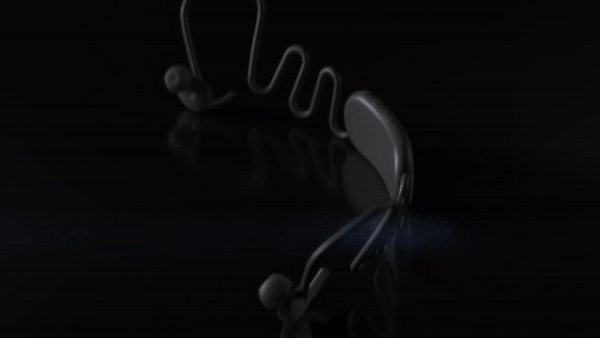NightBuds have been developed not only to provide relaxing, scientifically validated audio to aid your sleep but also to provide insights, feedback and personalised coaching.
Using data collected on your sleep, the MyKokoon app can provide a holistic view of your sleep; from how well you slept, to what may improve your sleep and your day ahead.
But how does our app collect this data?
NightBuds have an integrated PPG sensor placed in the right earbud. PPG (photoplethysmography) is the optical measurement of volumetric changes in blood flow. Reflected low intensity infra-red light is measured at the skin’s surface, the intensity is dependent on how much of the light is absorbed by the blood, which in turn is dependent on the volumetric flow of blood passing through the optical path.
How can PPG sensor data help track sleep
Two of the metrics PPG sensor data can be used to measure are your heart rate, and heart rate variability. Heart Rate Variability (HRV) is the measurement of the variability of the time difference between each heartbeat, measured in milliseconds. Where your heart rate is the number of beats per minute, your HRV is the precise changes in time between heartbeats. We measure this, as (for example) a heart rate of 60 beats per minute does not mean your heart is beating exactly once per second, the time between beats can and does vary.

Your HRV is an indicator of either physical or mental stress, which translates to quality of sleep.
The variations in time between beats is controlled at any time by one of two parts of your central nervous system; either your sympathetic nervous system or your parasympathetic nervous system. During times of stress, the sympathetic nervous system has greater control of the time between heart beats, resulting in less variability (the time between each heart beat is more consistent). During times of relaxation, the parasympathetic nervous system is more active and has greater control, resulting in a greater heart rate variability (the time between each heart beat varies more).
When looking at your heart rate and heart rate variability, stress can be either emotional, physical or other mental strains. One of the key things which can effect the “stress” on our central nervous system is sleep. Tracking your heart rate variability, particularly over time gives strong indicators of fatigue levels. Users seeing a lower HRV during sleep is an indicator of fatigue and lower quality of sleep.
HRV and heart rate can also be used to determine your sleep stages, as your heart rate begins to slow.

With the upcoming release of the new MyKokoon app, we will be creating a more holistic view of our user’s sleep, moving away from a purely statistical view of your hypnograms showing sleep stage breakdowns. Instead, we will be taking a view of your sleep quality and how this can be improved based on your sleep habits and audio.
Our Product Manager Hannah will be looking at our new approach to sleep data in an upcoming post, and how our community has informed and shaped it. Make sure you don't miss it!










